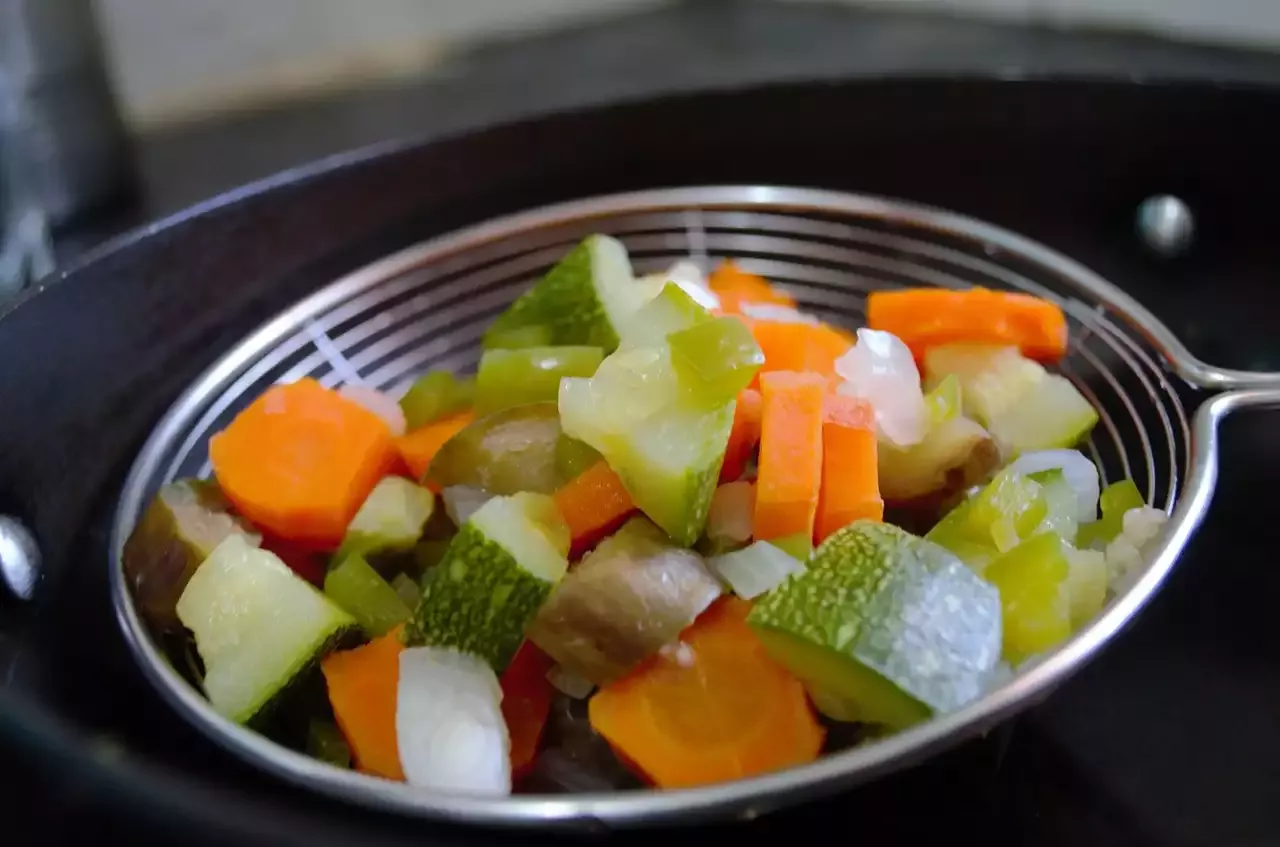Why Blanching Crab Is Important
Blanching crab is an essential step in cooking crab. It helps to remove any impurities and bacteria that may be present on the crab's shell. It also helps to loosen the meat from the shell, making it easier to remove. Blanching the crab before cooking also helps to enhance its natural flavor and texture.
When blanching crab, it's important to use salted water to enhance the flavor of the crab. The salt also helps to bring out the natural sweetness of the meat. Blanching the crab also helps to cook the crab slightly, making it easier to handle and remove from the shell.
Blanching the crab also helps to remove any unpleasant odors that may be present on the crab. It helps to eliminate any fishy or briny smells, making the crab more enjoyable to eat. Blanching the crab also helps to enhance the crab's natural color, making it more visually appealing.
Ingredients and Tools Needed for Blanching Crab
To blanch crab, you will need the following ingredients and tools:
Ingredients:
- Live crabs
- Salt
- Water
Tools:
- Large pot
- Tongs
- Strainer or colander
- Ice bath
When selecting live crabs, it's important to choose crabs that are still alive and active. This ensures that the crab is fresh and safe to eat. If the crab is not moving or appears sluggish, it may not be safe to eat.
When blanching crab, it's important to use a large pot to ensure that the crab is fully submerged in the water. This helps to ensure that the crab is cooked evenly and thoroughly. A large pot also helps to prevent overcrowding, which can result in uneven cooking.
Tongs are essential when blanching crab, as they help to handle the hot crab safely. A strainer or colander is also needed to drain the crab after blanching. An ice bath is also necessary when blanching crab, as it helps to stop the cooking process and cool the crab quickly.
Step-by-Step Guide to Blanching Crab
Now that you have all the necessary ingredients and tools, let's dive into the step-by-step process of blanching crab.
Step 1: Prepare the Salted Water
Fill a large pot with enough water to fully submerge the crab. Add salt to the water, using approximately 1 tablespoon of salt per quart of water. Bring the water to a rolling boil over high heat.
Step 2: Add the Live Crabs to the Water
Using the tongs, carefully add the live crabs to the boiling water. Be sure to fully submerge the crab in the water to ensure even cooking. Cover the pot with a lid and return the water to a boil.
Step 3: Blanch the Crab
Once the water has returned to a boil, blanch the crab for 2-3 minutes. Be careful not to overcook the crab, as this can result in tough and rubbery meat. Use the tongs to remove the crab from the boiling water and place them in the ice bath.
Step 4: Cool the Crab
Allow the crab to cool in the ice bath for 3-5 minutes, or until completely cooled. This helps to stop the cooking process and cool the crab quickly.
Step 5: Drain the Crab
Using the strainer or colander, drain the crab from the ice bath. Pat the crab dry with a paper towel and remove any excess water.
Step 6: Cook the Crab
Now that the crab is blanched, it's ready to be cooked using your preferred method. Whether you're grilling, baking, or sautéing the crab, blanching it first ensures that it will be easier to handle and remove from the shell.
Last Thing
Blanching crab might seem like a daunting task, but with the right instructions and guidance, anyone can do it! By following these simple steps, you can ensure that your crab is blanched perfectly every time. Blanching crab not only enhances its natural flavor and texture but also makes it easier to handle and remove from the shell. So, whether you're a seasoned cook or a beginner, try blanching your crab today and discover how this simple cooking method can take your crab dishes to the next level!
